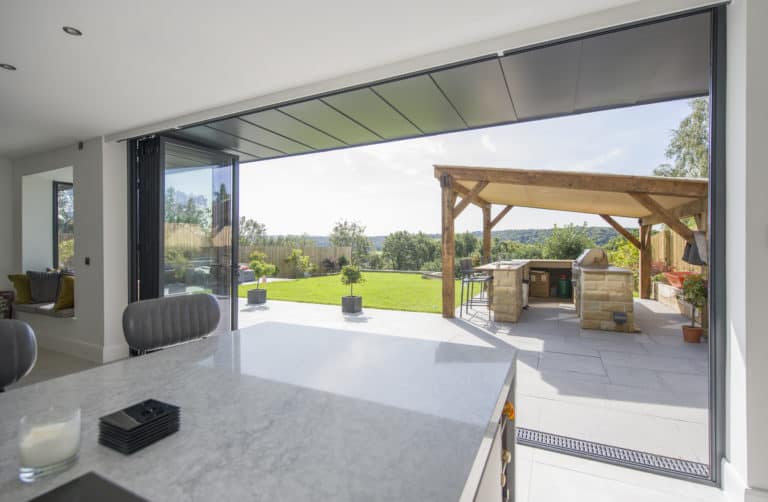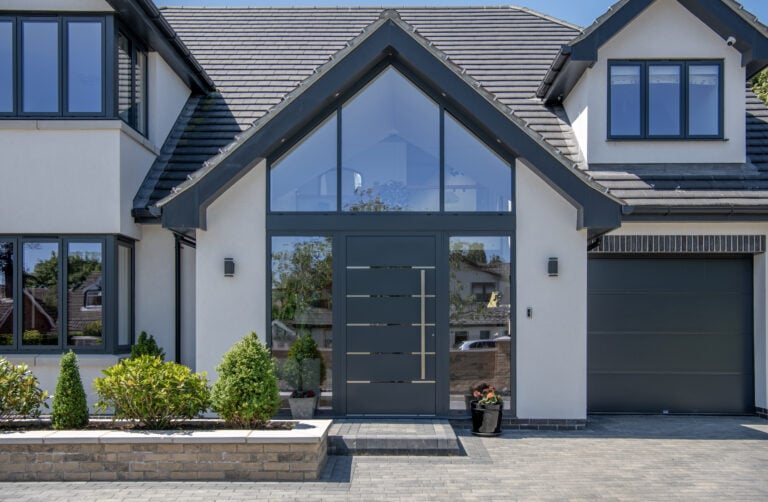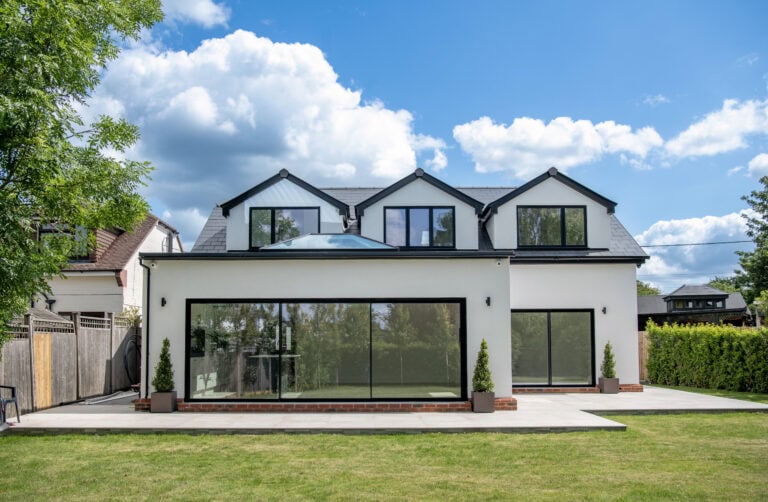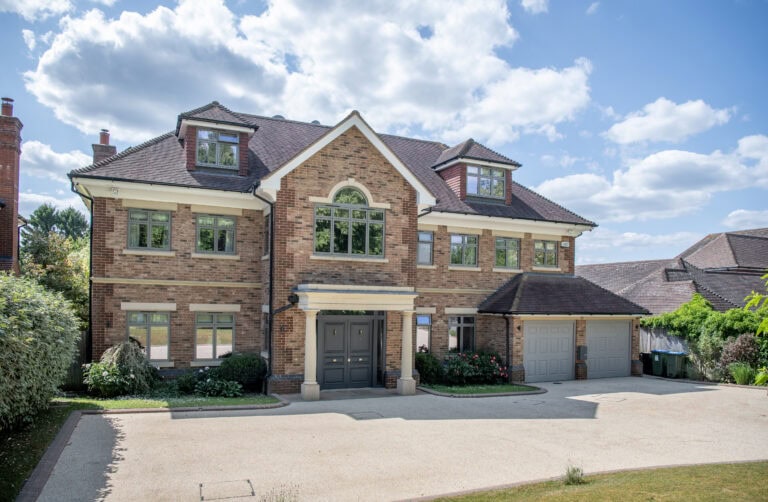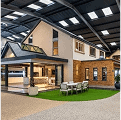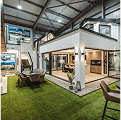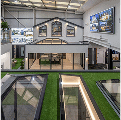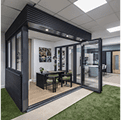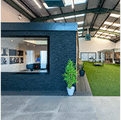What is Biophilic Design? Explained
In our increasingly urbanised and technology-driven world, we’re spending more time indoors than ever before. A long-standing priority for interior designers and homeowners alike has been to reestablish our lost connection with nature by bringing the outdoors into these spaces; this goes a long way in answering the question, ‘What is Biophilic Design?’
Spending time around nature in our everyday spaces is key to feeling healthy and happy at home. As presenter and architect George Clark observes, “A building’s connection to the outside is incredibly important, so of course you want to connect your interior spaces with the outside.” A biophilic interior design prioritises this connection, but what exactly is it, and where does it come from? What are the tangible benefits of these designs, and how can they be integrated into your home’s design? From houseplants to bespoke structural features, we’ll explore how you can bring the outdoors in to achieve a peaceful and nature-inspired home.
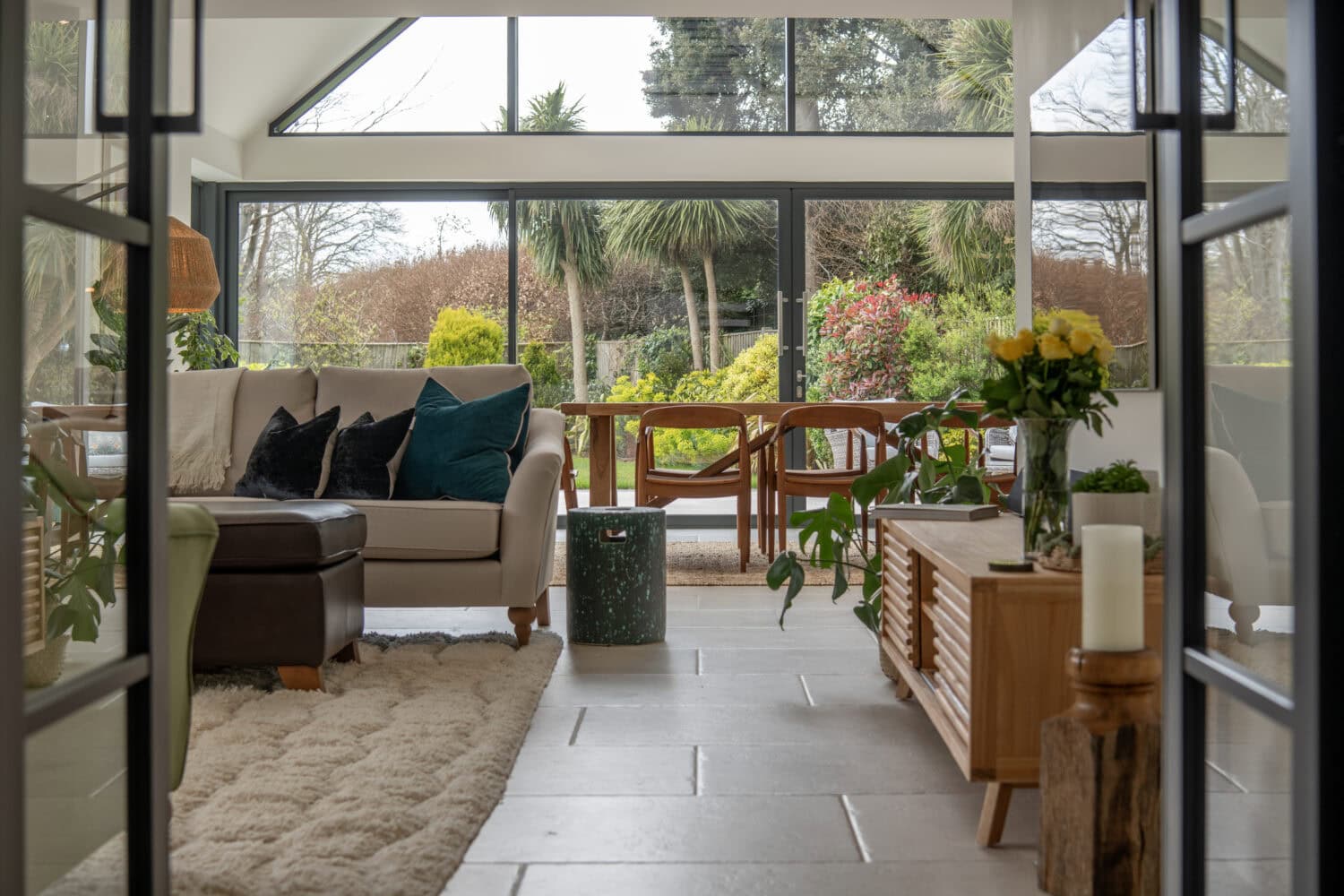
What is Biophilic Design?
Biophilia Definition: ‘Biophilia’ is a term coined by the renowned Harvard biologist E.O. Wilson in the 1980s, referring to the innate human desire to connect with nature and other living systems. A biophilic design takes this concept and translates it into actionable design principles and features.
This innovative and holistic approach has gained real momentum in architecture, interior design, and urban planning. A successful biophilic design subsequently creates spaces that are connected to the natural environment, integrating natural materials and features to improve wellbeing, health, and productivity.
What are the Benefits of Biophilic Design
Biophilic designs have been linked to a range of tangible benefits for human health and performance, improving the way we feel, think, and function in everyday life. Some of these advantages include:
- Improved Mental Health: Spending time in nature has been proven to reduce symptoms of anxiety, depression, and stress.
- Increased Productivity: Studies show people working in a nature-inspired environment are more focused and efficient, particularly in an office or educational setting.
- Enhanced Creativity: Being in or around nature stimulates creativity and problem-solving skills. This is especially beneficial in creative professions where innovation is key.
- Better Physical Health: Access to the natural world helps to regulate sleep cycles and improve indoor air quality. It is also linked to lower blood pressure and reduced fatigue.
How to Integrate Biophilic Design
Biophilic design goes beyond aesthetics. It’s about establishing a deeper, more meaningful connection to the natural world with thoughtful and well-planned interior design choices. There are numerous ways this can be achieved and implemented:
Natural Light
An effective biophilic design maximises the natural light entering your home to create bright and welcoming spaces that are connected to the outdoors. Simple strategies, such as cleaning and uncovering windows, using vibrant colour schemes, and fixing expanding mirrors, can have an instantaneous effect.
If you are undergoing a broader home renovation, certain structural design features are another excellent way to flood your house with natural light. Skylights and rooflights transform unused ceiling space into a natural lighting solution, while the strong frame-to-pane ratio of bifold doors, sliding doors, and French doors boosts light levels and your home’s connection with the outdoors.
A naturally bright home has the added benefit of reduced reliance on artificial light. This improves the overall energy efficiency and sustainability of your home by reducing its carbon footprint.
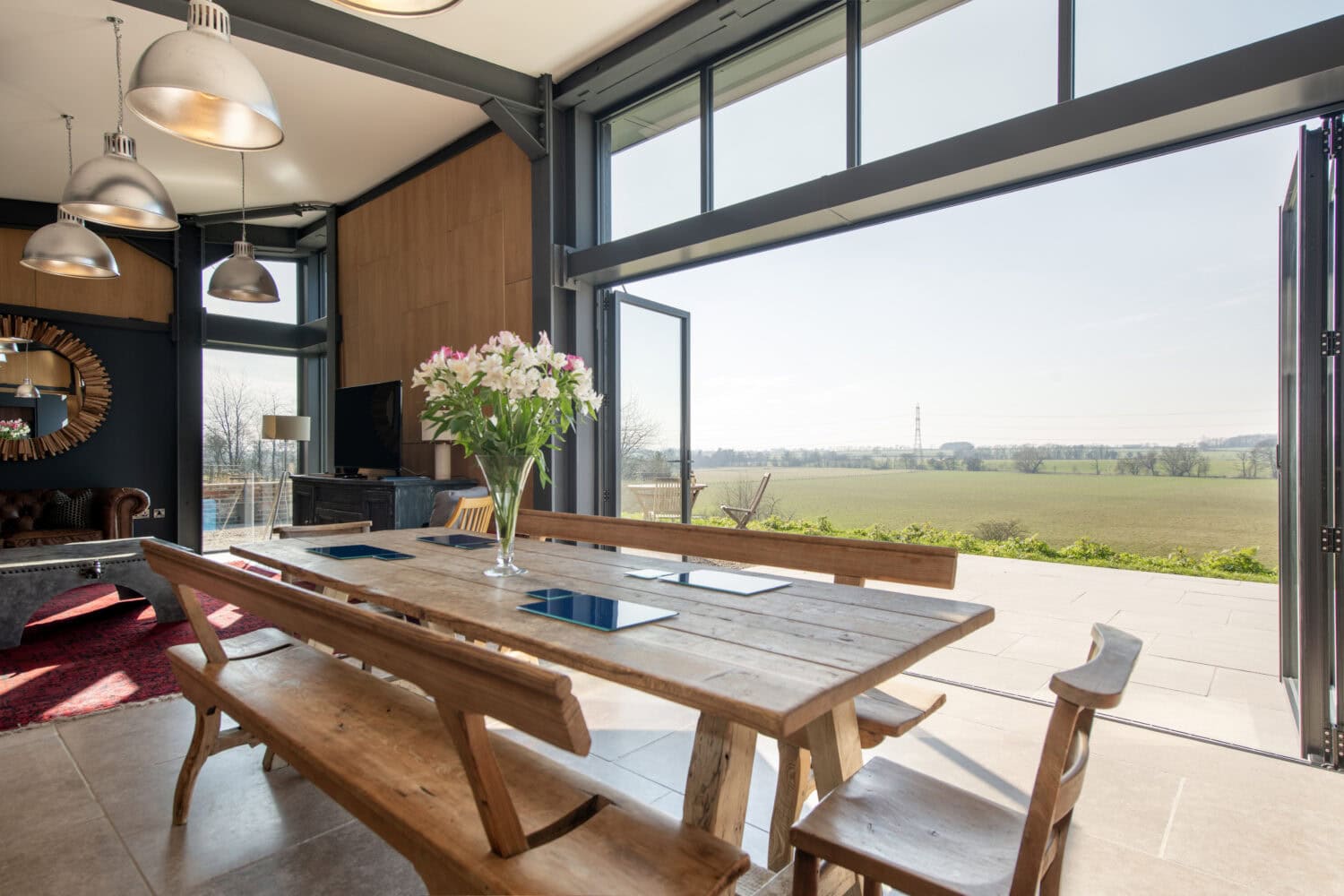
Natural Materials
Natural materials are at the heart of biophilic designs, grounding interior spaces in the outdoors. These versatile elements add timeless appeal and durability, working harmoniously across different styles; wood and cork introduce warmth and organic textures to a more traditional layout, while marble surfaces and aluminium fixtures add a sophisticated edge to contemporary spaces.
Sustainable materials strengthen your home’s connection to the natural world on a deeper level. By supporting eco-conscious living, you can achieve a beautiful interior that positively impacts the environment you’re trying to recreate. Re-purposed and locally sourced materials reduce your carbon footprint further while supporting local businesses.

Plants and Greenery
Whether you’re dressing up an empty corner or creating a focal point in the living room, adding plants is a low-cost, high-impact way to bring the outdoors indoors. Potted house plants, green living walls, and vibrant flowers establish a calming atmosphere that is directly connected to the natural world. This lush greenery softens the harsh lines of built environments and purifies the air as the blooming lungs of your home.
For a display to flourish, consider the amount of sunlight your room receives and the maintenance you can provide. Choose plants that are best suited to these conditions and give plenty of thought to where they’ll go. If you don’t have the right environment, faux plants and planters are a viable alternative, although nothing quite beats the real thing.
Interior Design
Many small, seemingly insignificant choices contribute to the overall effect of a room’s biophilic interior design. A consistent elemental colour scheme strengthens the room’s visual connection to nature, which could be reinforced by botanical motifs or floral prints. In homes with limited outdoor views, nature-inspired artwork, wallpapers, or high-quality murals can simulate the presence of the outdoors. Candles with natural world fragrances, like pine and lavender, add an all-encompassing sensory depth to these spaces.
Organic forms, textures, and motifs create a deeper and more subliminal sensory connection to nature. Incorporating natural shapes and patterns, such as curved lines, waves, weaves, and fractals, helps evoke the rhythm and balance found in the natural world. Unlike the sharp edges and rigid geometry typical of manufactured spaces, the biomorphic forms of curved furniture achieve a restorative, calming atmosphere.
Indoor-Outdoor Connection
A biophilic design aims to blur the boundaries between interior and exterior spaces. Bifold doors and sliding doors offer a dynamic and versatile boundary that bridges the physical gap between the two. Their practical and secure design makes the outdoors easily accessible, while their large glass panes offer expansive views of your beautiful garden landscape, helping you to feel connected with your surroundings when indoors.
A patio area reinforces this connection, extending living and recreational areas into your garden. Pairing these spaces with glass canopies or glass verandas lets you enjoy the outdoors year-round while staying sheltered from the elements. The transition between these zones can be subtly reinforced by cohesive flooring materials or strategic furniture placement, making your patio feel like a continuation of interior living spaces.

So, what is biophilic design? Far from a few house plants scattered around your house, this approach redefines how we live, work, and connect with our environment. It actively supports our wellbeing, creativity, and sense of belonging within the natural landscape.
If you’re ready to create a healthier, happier, and more welcoming atmosphere, check out the range of bifold doors, sliding doors, French doors, aluminium windows and skylights here at Express. These bespoke design solutions bridge the gap between indoor-outdoor spaces and let natural light flood into your home.
Get in touch today or visit one of our showrooms for expert advice on the best fit for your home.
